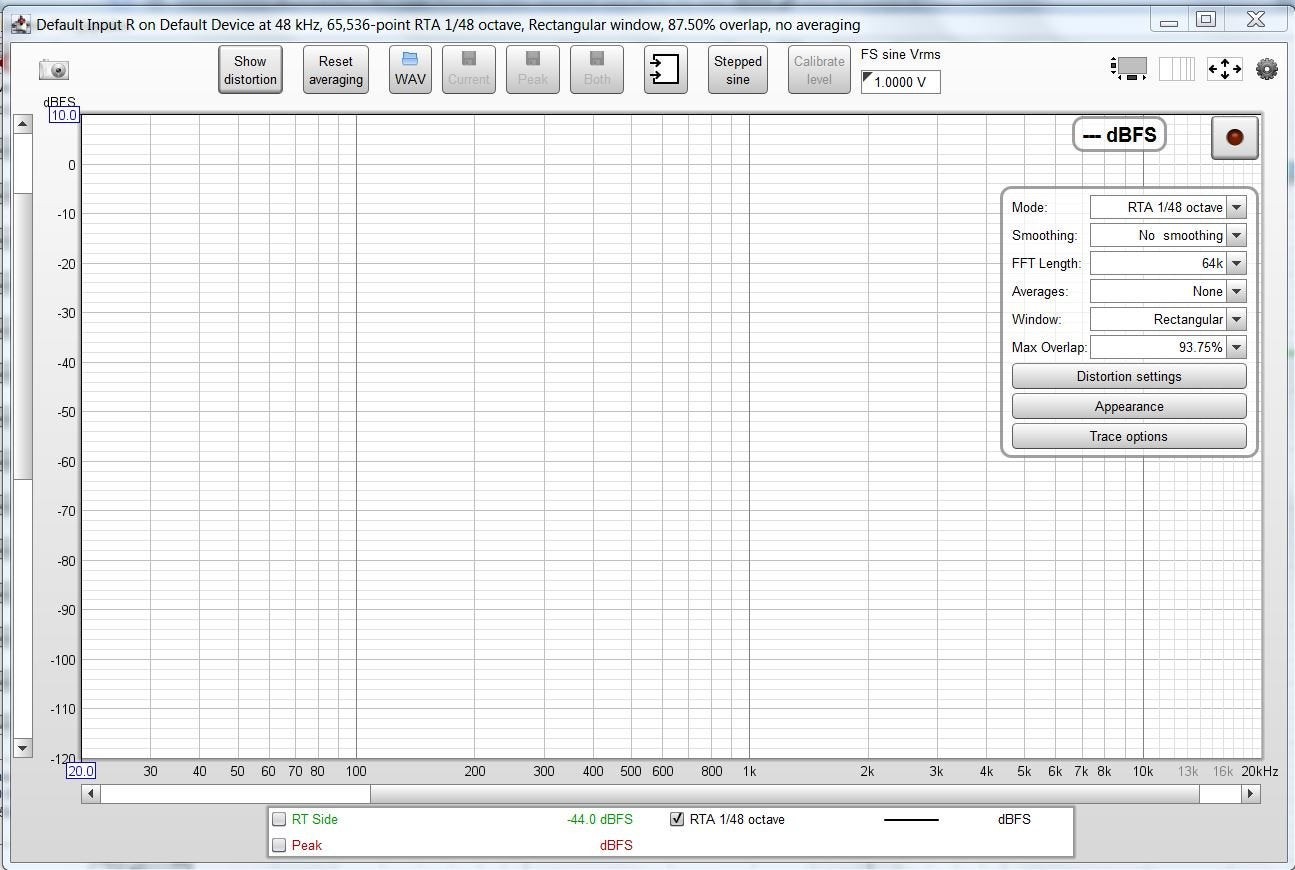Achieving a well-balanced and detailed car audio system requires precise tuning. While there are various tuning methods, combining Speaker Target Curve and Auto-EQ techniques using a Digital Signal Processor (DSP) can deliver exceptional results. This article explores a practical approach to Car Audio Dsp Tuning, utilizing variable smoothing and REW (Room EQ Wizard) for optimized sound quality.
Setting the Stage for Car Audio DSP Tuning
Initially, each speaker should be individually tuned to a specific Speaker Target Curve. This establishes a solid foundation for overall system coherence and ensures accurate frequency response from each driver. Contrary to previous assertions, effectively combining the Speaker Target Curve method with other tuning techniques, like Auto-EQ, is possible and highly beneficial. After individual speaker tuning, applying global adjustments using Auto-EQ can enhance the entire system’s soundstage and tonal balance.
Optimizing RTA Settings in REW
Before diving into the tuning process, configuring the Real-Time Analyzer (RTA) window in REW is crucial. A 1/48 octave RTA setting provides the most detailed frequency information. This setting should remain constant throughout the tuning process. Smoothing filters, used for visualization and equalization, will be applied in separate windows within REW.
Measuring and Adjusting to the Target Curve
After setting up the RTA, take initial measurements of each speaker with crossovers applied but without any EQ. These measurements reveal the raw frequency response of each driver.
Next, choose appropriate crossover points for each speaker and adjust the measurement levels to match the desired Target Curve. This ensures each driver operates within its optimal frequency range.
Utilizing Variable Smoothing for Precise EQ
Variable smoothing is crucial for accurate equalization. This technique automatically adjusts the smoothing amount based on the frequency, providing a more precise representation of the audio signal. Always employ variable smoothing when tuning individual speakers.
To apply variable smoothing in REW, navigate to the “Filter Tasks” dropdown menu.
Implementing REW’s Auto-EQ for System-Wide Refinement
Once individual speakers are tuned using the Speaker Target Curve and variable smoothing, REW’s Auto-EQ can be used to fine-tune the entire system. This process addresses overall system response, creating a cohesive and balanced soundstage. Auto-EQ can correct for minor discrepancies and room interactions, resulting in a more refined listening experience. Further steps in this process would involve selecting appropriate filters and applying them within your DSP.
Conclusion: Achieving Audio Perfection Through Combined Tuning Methods
Combining Speaker Target Curve tuning with Auto-EQ offers a comprehensive approach to car audio DSP tuning. By first addressing individual speaker responses and then refining the overall system, a well-balanced and detailed soundstage can be achieved. Utilizing variable smoothing and REW’s powerful tools ensures accuracy and precision throughout the process. This methodical approach unlocks the full potential of your car audio system, delivering a truly immersive listening experience.


